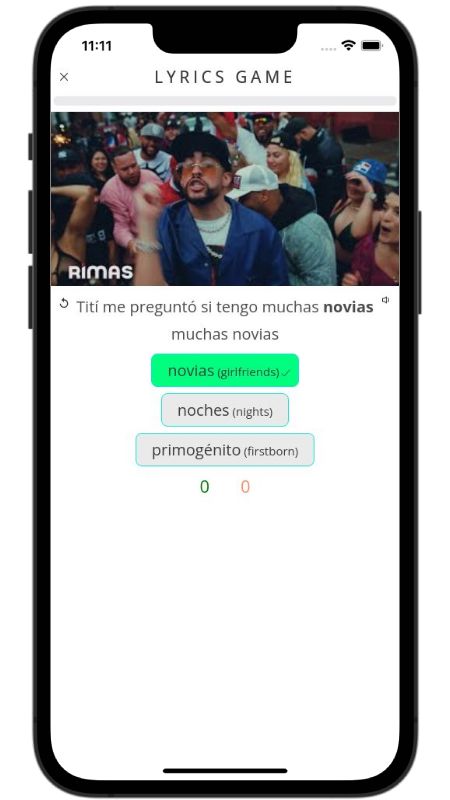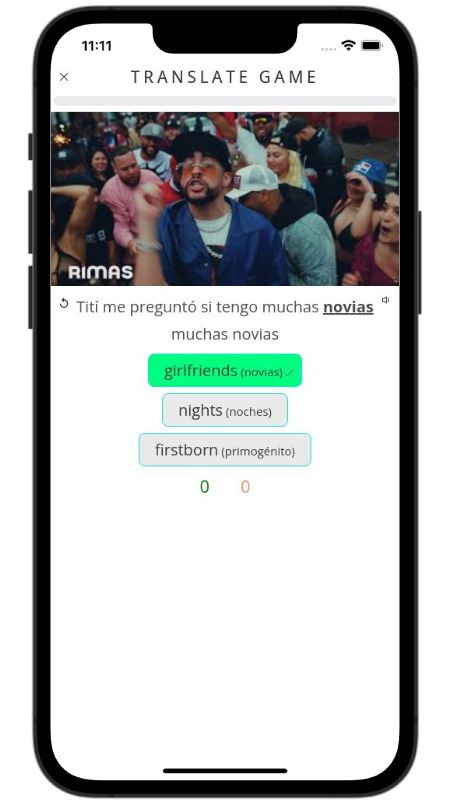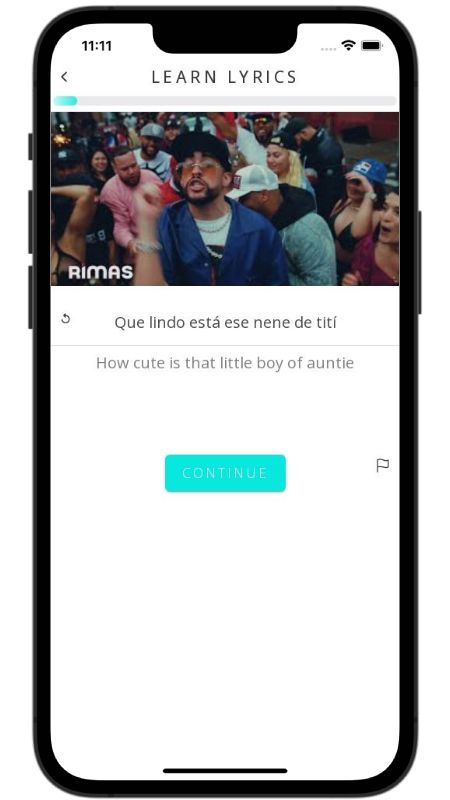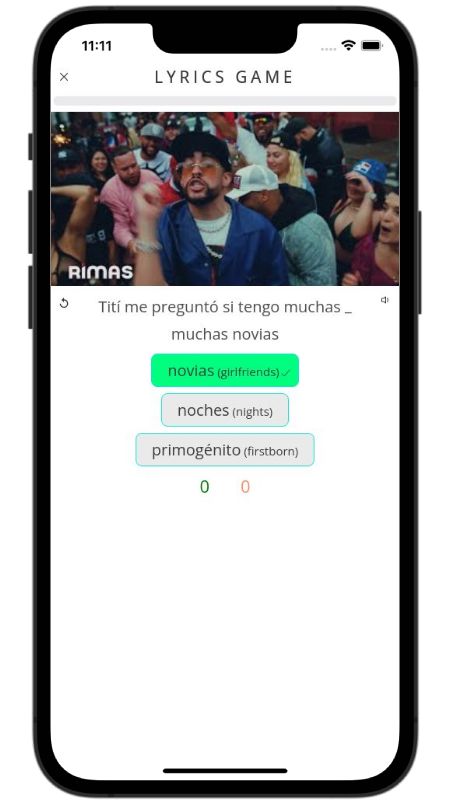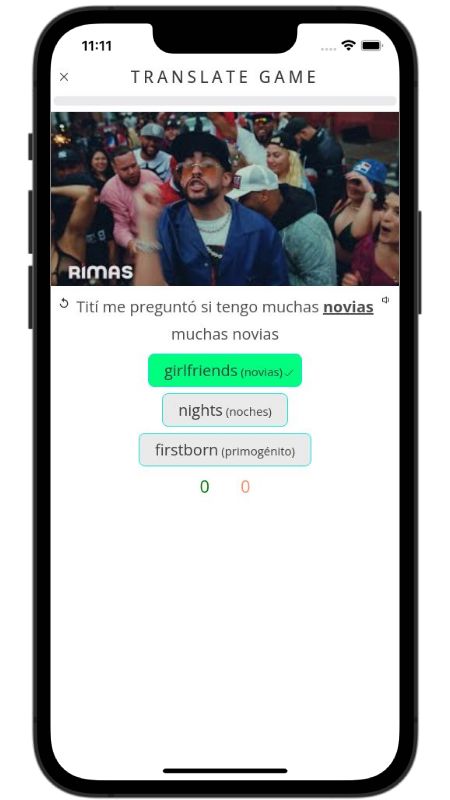Cumbiana Lyrics in English Carlos Vives
Below, I translated the lyrics of the song Cumbiana by Carlos Vives from Spanish to English.
I'm eating red berries from your orchard
I'm watching crystal zeppelins
The words that I'll say are already flying
I love you, I'll say I love you, I'll say I'm waiting for you, and you, what will you say?
I'm sensing signals from some harbor
I'm hearing your songs in a bar
I'm drinking the words that I'll say
I love you, I'll say I love you, I'll say I'm waiting for you, and you, what will you say?
And it's that with you life has to be real
It has to feel nice to be the leading man in your story
And to whisper in your ear when I find you again
Look at me, love me, sit with me and tell me
Your sorrows, Cumbiana, your sublime dreams, tell me
The currants of your tale are already ripe
The whole sea is already sown with horse mackerel
I'm already fishing the words that I'll say
I love you, I'll say I love you, I'll say I'm waiting for you, and you, what will you say?
And it's that with you life has to be real
It has to feel nice to be the leading man in your story
And to whisper in your ear when I find you again
Look at me, love me, sit with me and tell me
Your sorrows, Cumbiana, your sublime dreams, tell me
And it'll be if you want it and you dream it
Tell me if oblivion stole your mornings
Tell me if you cried over tenderness and rage
Tell me if you want, I'll move the mountain
And together we heal the homeland's pain
In a little house that has a flag
So that you love me like I love my land
A forest, a dog, a wooden rocking chair
A pink room where a star sleeps
And it's that with you life has to be real
It has to feel nice to be the leading man in your story
And to whisper in your ear when I find you again
Look at me, love me, sit with me and tell me
Your sorrows, Cumbiana, your sublime dreams, tell me
I will stay with you
The time of greed and fear will pass
The water will return and this will be our land
Lyrics and Translations Licensed & Provided by LyricFind
Lyrics © Kobalt Music Publishing Ltd., Warner Chappell Music, Inc.
Did you like these lyrics?
Did you know?
In addition to reading lyric translations, you can now learn Spanish with music and lyrics from your favorite artists.
No more boring lessons. You can now learn with engaging and culturally relevant lyrics from the best artists.
Apple and App Store are trademarks of Apple Inc.
Google Play and the Google Play logo are trademarks of Google LLC.
MORE CARLOS VIVES


